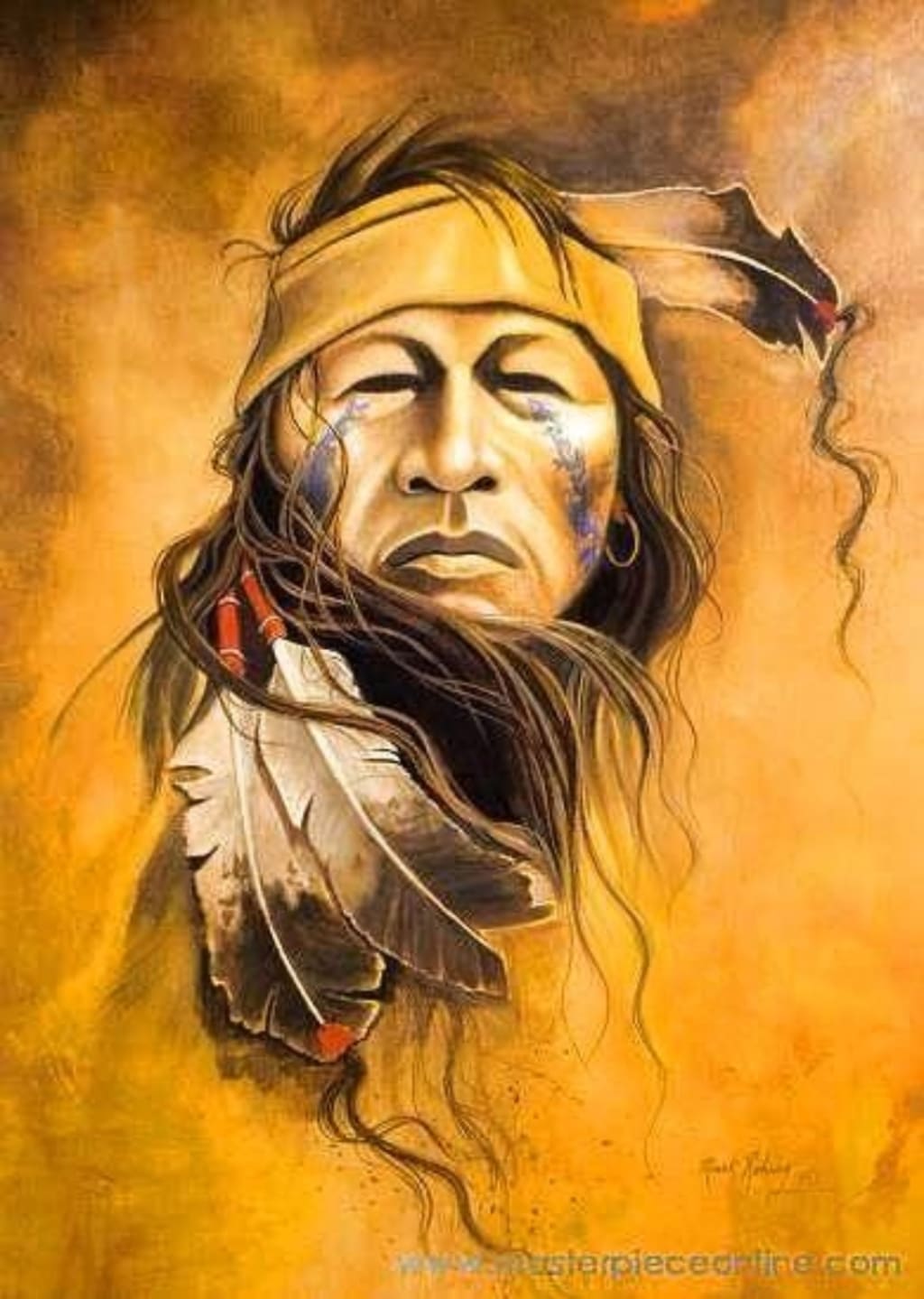
Hello! Today is another installment of "Art History Tuesdays" where we take a look at art around the world that influenced art movements, represented a small capsule of time, and represented a way of living and culture. Today we're going to be briefly looking at Native American Art by region. They're split up into 4 sections: Eastern Woodlands, Great Plains, Northwest Coast and the Southwest.
EASTERN WOODLANDS
Tribes of the Eastern Woodlands mostly lived in villages; hunting and gathering/agriculture was their main source of livelihood. They traded with colonists in return for items such as needles, cloth, and especially prized European glass beads for mutual benefits. Some of the art the Eastern Woodlands people produced included Wampum- a string of beads made into a belt- quillwork, beading and basketry.
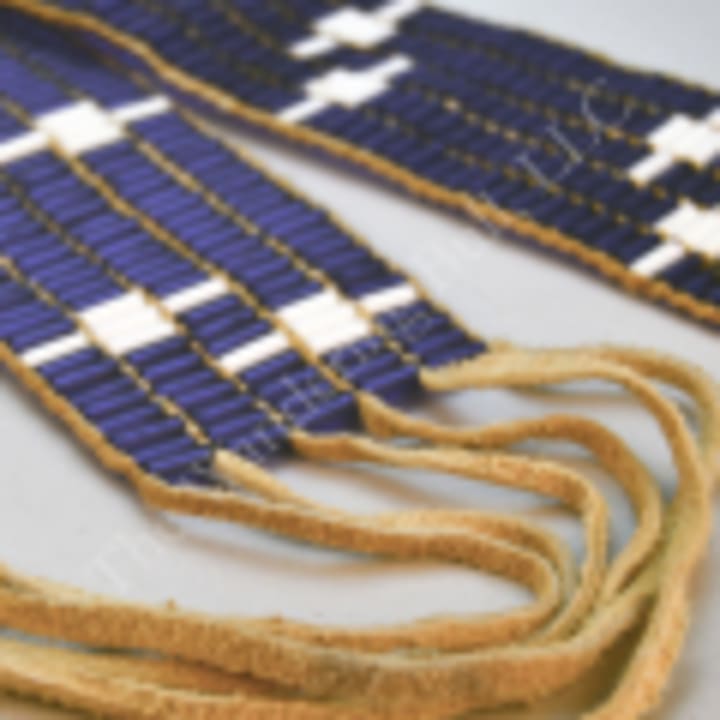
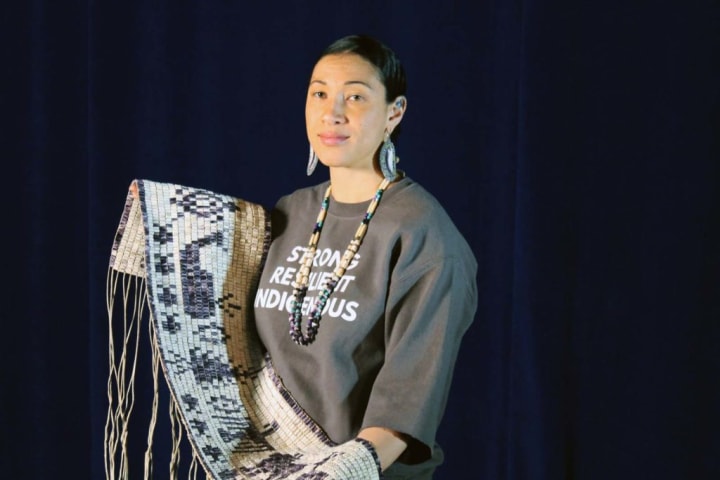
GREAT PLAINS
Those in the great plains had 2 ways of living, the nomadic way-which was new and short lived- and a more sedentary lifestyle. This Nomadic way of life was caused by the migrations of the Buffalo which was their main source of food, clothing, and tipi materials. Tipi’s were a new form of architecture, which you were able to fold up and take with you. Women of the Blackfoot tribe were said to be able to put up a tipi in an hour, making it an ideal set up for the Nomadic people of the Great Plains. Painting was specified as a man’s art, and it was common to find paintings on tipis and hide robes. These paintings mostly told stories of conquests and great battles.
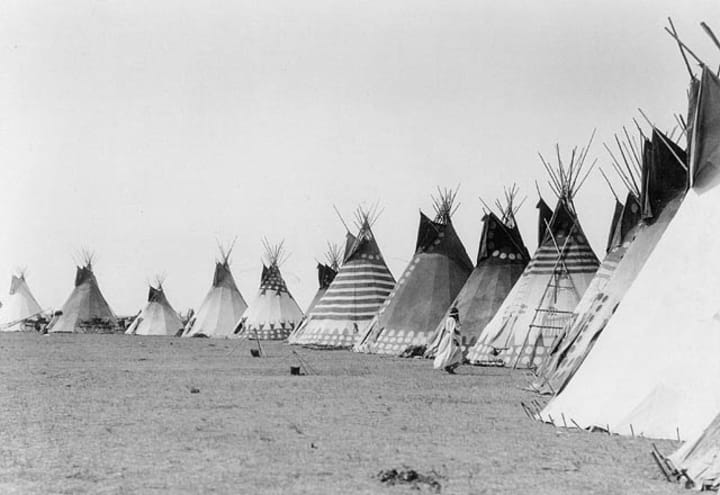
N.WEST COAST
The Northwest Coast was an area of many resources, rich with salmon. Tribes of this area took advantage of this abundance of resources- such as fish- to develop their way of life. Art played a significant role in the lives of the Northwest Coast peoples. Animals were featured heavily in art; the Northwest Coast people believing to have descended from great animals or half-human-half-animals. They took considerable pride in this, and the one who was closest in bloodline to these animal creatures typically became chief or had some other elevated position in society.
Another large part of their society was the use of textiles in the forms of blankets. This was an art that was collaborative between men and women. Men would make the designs, and women would copy designs into a mix of cedar bark and goat wool. Masks were also a celebrated art, mostly used for ceremonies such as the kawkaw wakw’s winter ceremony, the masks are only part of the art form demonstrated during this festival, though. The people of the kawkaw wakw dress up in theses masks as birds and dance, while reenacting the ‘taming of Hamatsa.” From 1885- 1951, the Canadian government had this celebration outlawed, stating several reasons for doing so.
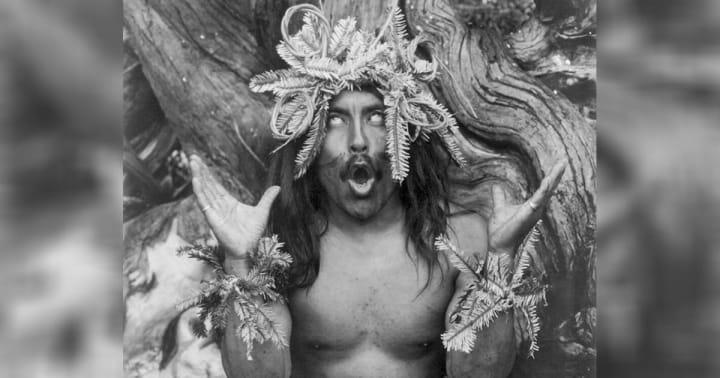
SOUTHWEST
The Southwest include a tribe known as the Pueblos; who are known for their milti-story dwellings made of adobe. Some stood as tall as 5 stories and had a ventilation system. These housing units were occupied for over 500 years. A large part of their art was centered around Ceramics. It was traditionally a women’s art. The Pueblo’s distinct way of making their ceramics was with a low temperature wood fire and adding on a slip.
One famous ceramicist from this tribe in the 20th century was Maria Montoya Martinez, who along with her husband developed black ware. Martinez’s black ware became so popular she had her tribe help in the process of creating these much sought after wares. She'd then sign every piece so her whole tribe could profit from her fame in the art market (go Maria Martinez!).
The Southwest also held The Santa Fe Indian School in the 1930’s. It taught a combined style of art deco, the outline drawing and flat colors of folk art, all to be imbued in Native American “exotic material.” Coming from this school was Pablita Veralde who documented her people’s way of life in painting and became well known in art community.
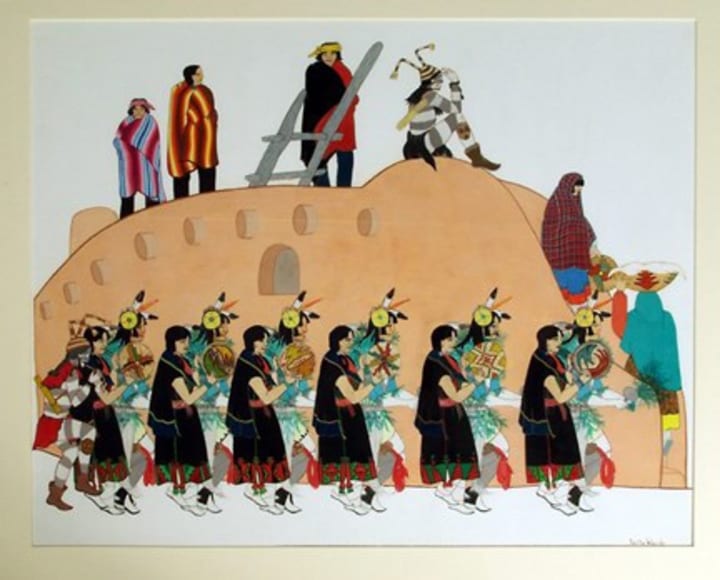
The Navajo are known for their sand painting, which is sacred and in their tradition, not to be saved but to be whisked away by the wind before morning comes. In 1919 some of these images began to become incorporated in weavings by Hosteen Klah. These weavings depict Navajo creation and myth. This was a gray area for the Navajo, not only had he begun to make these sacred images into something others could see for extended periods of time- he was also partaking in a woman’s art. But, according to the Navajo, he was a part of their third gender- nadle- which would of made him able to participate in both men's and women's arts.
ANALYSIS
One thing that all these areas have in common is their similar beliefs in the earth and deity-like creatures such as Hamatsa. Additionally, beadwork, basketry and ceramics were all seen as a women’s art; while documenting/ drawing was seen as a man’s art. While the United States is an expansive piece of land, and tribes were spread throughout; they did interact and have some similarities in beliefs and culture. They also have many differences that make them, and their artwork unique.
CONCLUSION
I've barely scratched the surface in this article about Native American art. Each area is vastly different in many other ways, yet share a fascinating similarity with the way they see the earth and the spirits around them. If this interests you I highly recommend you looking into it more. I one day plan to give each area consisting of the Native Tribes it's own article, but I haven't quite gotten to that yet.
Native American art is very special, often imbued with history and sacred belief. It's also the oldest art to have originated in the United States. It's important to protect this art by preserving it not only in museums, but by beginning to give back these ancient pieces to be cherished and displayed in their original homelands or tribes.
About the Creator
QuirkyMin
Aspiring writer, sharing articles of personal interest as well as original short stories.
https://linktr.ee/quirky.min


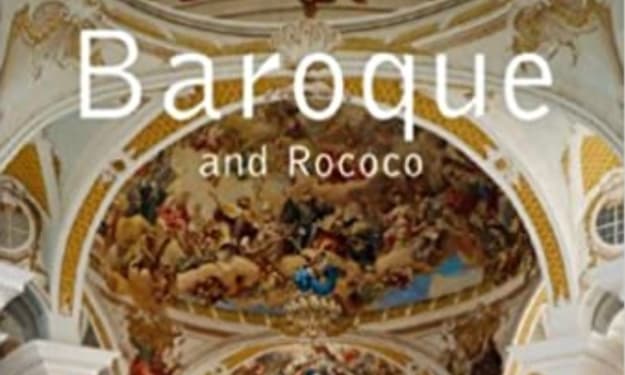



Comments
There are no comments for this story
Be the first to respond and start the conversation.